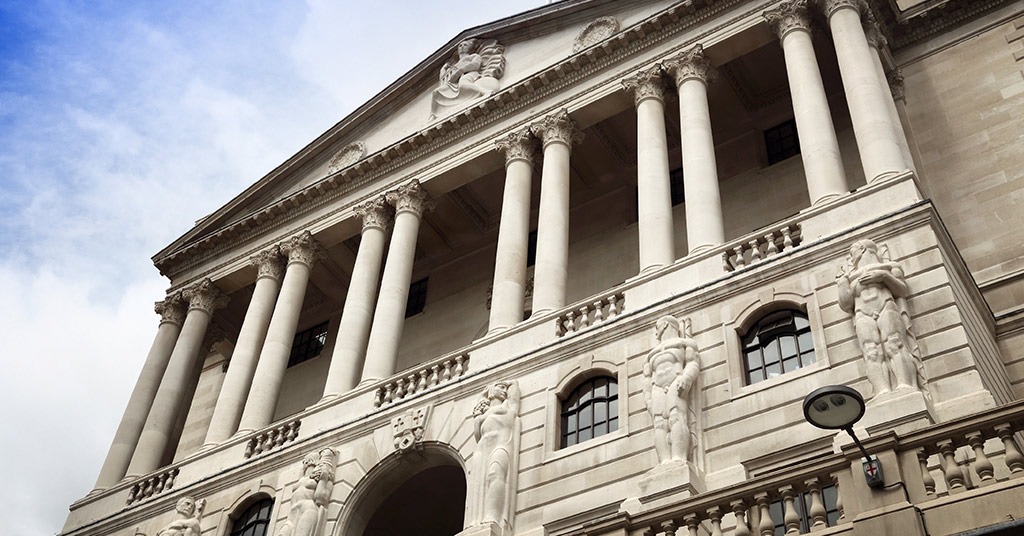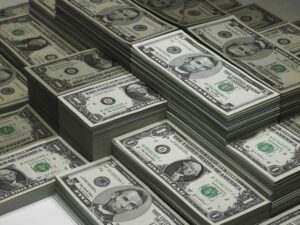
Global Central Banks Prepare to Lower Interest Rates, Ending an Era of High Borrowing Costs

This fall, central banks across the globe are poised to either initiate or continue a series of interest rate cuts, signaling the end of an era characterized by historically high borrowing costs. In September, the U.S. Federal Reserve is widely expected to join other major institutions like the European Central Bank, the Bank of England, the People’s Bank of China, the Swiss National Bank, Sweden’s Riksbank, the Bank of Canada, and the Bank of Mexico in lowering key interest rates.
These central banks have maintained elevated rates not seen since before the 2007-2008 Financial Crisis. However, recent developments indicate a strong likelihood of a shift towards monetary easing. Money markets have already factored in a rate cut from the Fed, with recent remarks from Fed Chair Jerome Powell at the annual Jackson Hole symposium reinforcing this expectation. Powell emphasized that the time has come for a policy adjustment, with a renewed focus on sustaining a robust labor market and making continued progress on inflation.
According to the CME’s FedWatch tool, market expectations are high for three 25 basis point rate cuts by the Fed before the year ends. This would keep the Fed aligned with its global peers, albeit on a slightly delayed timeline.
Global Rate Cuts: A Unified Approach
The European Central Bank is anticipated to cut rates by 25 basis points at least three times this year, with the Bank of England expected to follow a similar path. Data from LSEG suggests that all three central banks may continue easing into early 2025, despite ongoing concerns about persistent inflation in the services sector. As a result, the global economy is likely to enter a lower-rate environment next year, significantly easing inflationary pressures. In the U.S., recession fears have waned, and while manufacturing-heavy economies like Germany face challenges, more service-oriented economies such as the U.K. are experiencing solid growth.
Market Implications: Volatility and Opportunities
While this monetary shift might suggest smoother sailing for markets, the outlook remains uncertain. European stocks, as measured by the Stoxx 600 index, rebounded in 2023, gaining nearly 10% year-to-date. Similarly, the S&P 500 index in the U.S. has risen by 17% in 2024. However, Beat Wittmann, chairman and partner at Porta Advisors, warned on CNBC’s “Squawk Box Europe” that choppy markets might be ahead, driven by factors such as geopolitical developments, corporate earnings, and sector rotation. Wittmann emphasized that despite potential short-term corrections, equities remain the asset class of choice for the remainder of 2024 and into 2025.
Rate Cuts and Economic Data: A Critical Balance
Investors should closely monitor U.S. economic data, particularly the upcoming jobs report on September 6, as it could influence market volatility. According to Manpreet Gill, Chief Investment Officer for Africa, Middle East, and Europe at Standard Chartered, a U.S. soft landing remains achievable. Gill noted that the expectation of rate cuts has provided markets with a positive outlook, but stressed the importance of avoiding downside risks to maintain equity earnings growth.
Arnaud Girod, head of economics and cross-asset strategy at Kepler Cheuvreux, added that while bonds and equities have shown strength, the pace of U.S. rate cuts may depend on economic data. Girod expressed caution, suggesting that more rate cuts could coincide with weakening earnings momentum, making it challenging to maintain optimism.
FX Markets: Currency Movements and Rate Expectations
In the currency markets, the focus will remain on the interplay between inflation, rate expectations, and economic growth. Jane Foley, head of foreign exchange strategy at Rabobank, highlighted that a significant rise in the euro against the dollar could influence market expectations for ECB rate cuts. In the U.S., the outcome of the upcoming election could impact the Fed’s policies. If former President Trump wins, potential executive orders to increase tariffs could spur inflation and potentially shorten the Fed’s easing cycle.
Rabobank projects four Fed rate cuts between September and January, followed by a hold through 2025, which could strengthen the U.S. dollar into the spring. Meanwhile, the Bank of England’s rate cuts may be constrained by ongoing inflation in the services sector, driven by wage growth, possibly limiting the pace to once per quarter.
For more insights on the latest central bank policies and their impact on global markets, stay tuned to our updates.
Never miss any important news. Subscribe to our newsletter.
Related News


USD/INR Slows Down Amid Mixed Indian PMI Data.


USD/INR Rises as Markets Anticipate Fed Rate Decision.


Gold Price Nears Record High Amid Strong Safe-Haven Demand.



USD/INR Gains Momentum Amid Trade Tariff Uncertainty.



Never miss any important news. Subscribe to our newsletter.
Editor's Pick


USD/INR Slows Down Amid Mixed Indian PMI Data.


USD/INR Rises as Markets Anticipate Fed Rate Decision.



